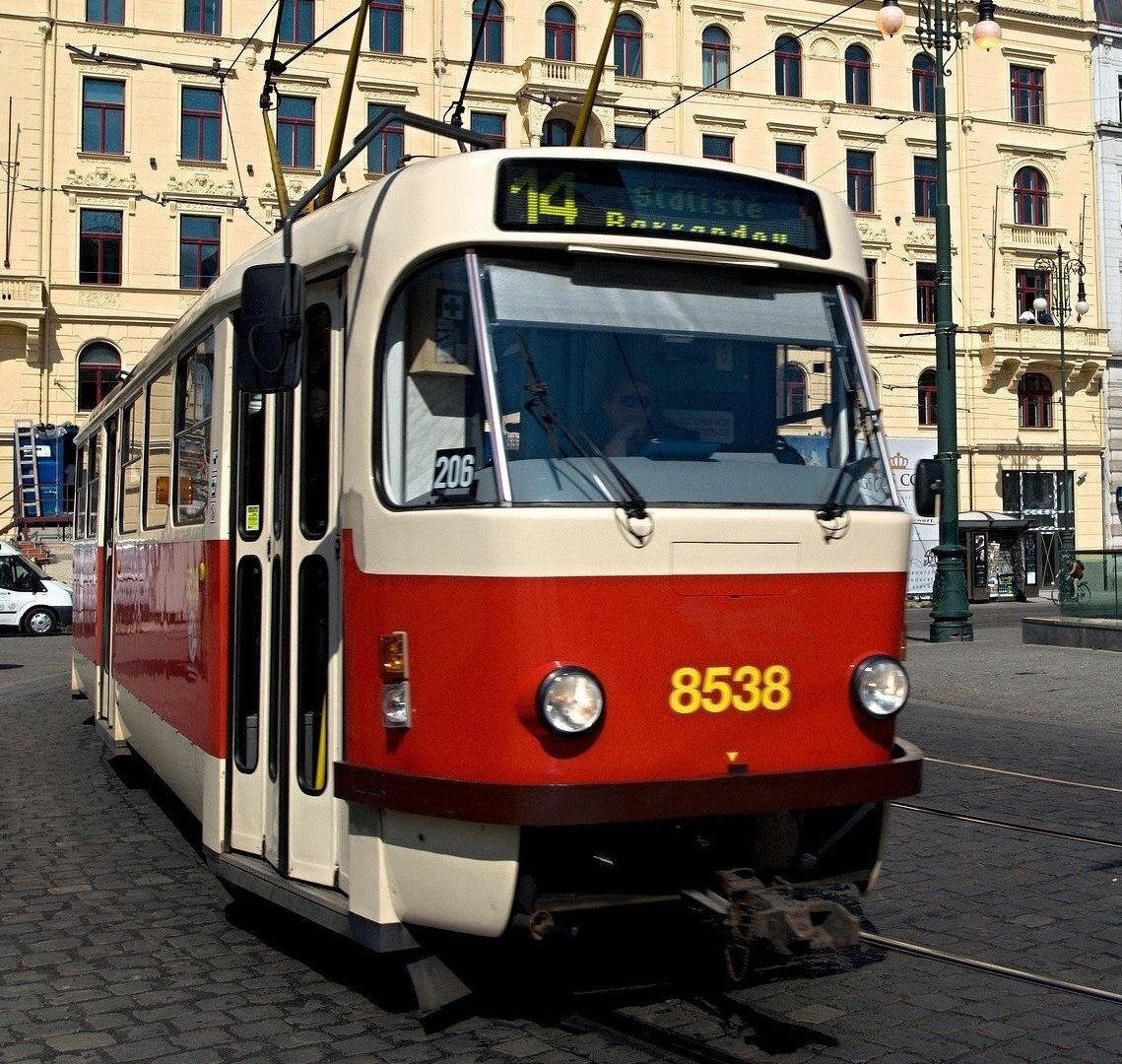

sounds familiar.


sounds familiar.
Fascinated by your interesting content! I am grateful for your creativity! 🙏🍻🤌
openSUSE Tumbleweed is the rolling release, where you may have dependency decisions to make during regular updates. Updates must be done in the terminal.
The more beginner friendly version is openSUSE Leap. That has a longer release cycle, and you use the Discover interface (or yeast, or zypper in the terminal) to update.
Either is pretty friendly. Both have recent KDE.


Here’s another source, with a photo of the breakfast before launch: https://www.yahoo.com/lifestyle/last-meal-neil-armstrong-buzz-130518520.html
Per this story, the steak and egg breakfast as a team before launch started as a NASA tradition in 1961.
I’m rolling! So funny.
There is help. You just need to want it.
I’ve done it in cast iron the Serious Eats way and it was like OP - shaped in a cold pan then baked.
There is probably a shorty tongs addiction recovery group in your area. You can get through this.


Seriously. Nana’s gonna nana.


I also wonder how closely they can be dated. +/- 100 years is a long time and I would expect that’s a smaller interval than provided by their dating methods.
Still, Neanderthal dinner parties are nice to imagine.


Yes! The method in that video is exactly what I meant by #6.


I’ve seen a few ways for chopped onion. Chopped meaning that we want reasonably small consistent size pieces.
Root on, halved through the N & S poles, one half laid flat, vertical N/S cuts, leaving connection to root intact, cuts parallel to table almost to root, latitude cuts moving to the root end. Then a final cleanup chop of the large pieces from the root end.
Same as 1 but no parallel to table cuts. More cleanup chop at the end.
Same as 1 but radial longitudinal cuts instead of vertical.
Same as 2 but radial longitudinal cuts instead of vertical.
Same as 1 but without halving the onion first. Done in the hand.
Same as 4 but without halving the onion first. Done in the hand.
Same as 4 but root off before halving.
Same as 7 but latitude cuts before radial.
Same as 8 but latitude slices laid flat before radial cuts.
Same as 7 but root off after halving.
Same as 8 but root off after halving.
Nana method, higgledy piggledy paring knife action in the hand.
Classical western method is 1. Both 2 and 4 are very common in restaurant settings in my experience. I like method 8. Any other way feels either too fiddly or too sloppy. But I have seen each of these in action.


Excellent! My first thought was that it would be a great event for ESPN8 the ocho.


Seriously hope there is a live stream.


Electric what now?
Didn’t know what I was missing.


That makes sense, yeah. It’s probably the closest comparison.


Here’s a fun comparison: Tennessee vs Mecklenburg Western-Pomerania
They have very similar population density (70/km² vs 65/km²). Tennessee is roughly 4x the area and population.
There are only 2 inter-city train stops in Tennessee, in Memphis and a small town to it’s north, both on the 1x/day service between Chicago and New Orleans. The largest city (and its state capitol) Nashville has no rail service.
The entire state of Tennessee has only 10 inter-city bus stops. Ten! Serving 7M people. The 4th largest city in the state is Chattanooga (181k), and it has no inter-city bus and no rail.


The worst part, from a transportation perspective, is that our low density rural areas in the US are often isolated homesteads. Fully scattered single family farms and ranches, miles from the next family. We don’t have as much village centric rural areas as in Europe. So it makes delivering services (transportation, education, health care) to our rural population much harder.


Public transportation in cities varies. But inter-city transportation? In most of the USA you simply cannot travel between towns or cities on public transportation. There are a few inter-city bus options (Greyhound, Flix, Megabus), but those don’t go everywhere.
The rail options outside of the NE corridor (Boston to Washington DC, basically) are very sparse. Here’s the map: https://www.amtrak.com/content/dam/projects/dotcom/english/public/documents/Maps/Amtrak-System-Map-020923.pdf
That’s it. Most of those routes are at most once per day in each direction. So if you city even has a stop (which it probably doesn’t) the train may only come through in the middle of the night. Some routes are only 3x/week. And because of the massive distances involved and old equipment, it takes at least 70h+ to travel from coast to coast (more really, since connection times are long) and costs twice the price of a 6h flight ($250+ vs $80-120).
Trains are often on schedule, but can be many hours late. Once they are off schedule they are at the mercy of the freight train lines (who own the tracks) for passing. You can get stuck behind a slow moving cargo train for many hours.
Why is it like this? It’s complicated. But it starts with very low population density, large areas/distances, and a very different relationship between the individual and the state in the US vs most of Europe. Add the rise of suburbs in the automobile right when many US cities were growing. Another factor is public attitudes. People think that public transportation is for poor people. I know people who have never ridden a city bus, and I live in a city that probably has above average public transportation for the region.
Anyway, as a public transportation rider-by-choice I feel your pain. Having spent a few weeks in Germany recently (with a DT for travel), and having ridden extensively on US train and bus networks, yous is definitely much, much better. Resist the politics of privatization and decay.
Per Etymonlone: In early modern English it also could be transitive, “to govern, manage, conduct.”
Comport seems similar in both meaning and reflexivity.